
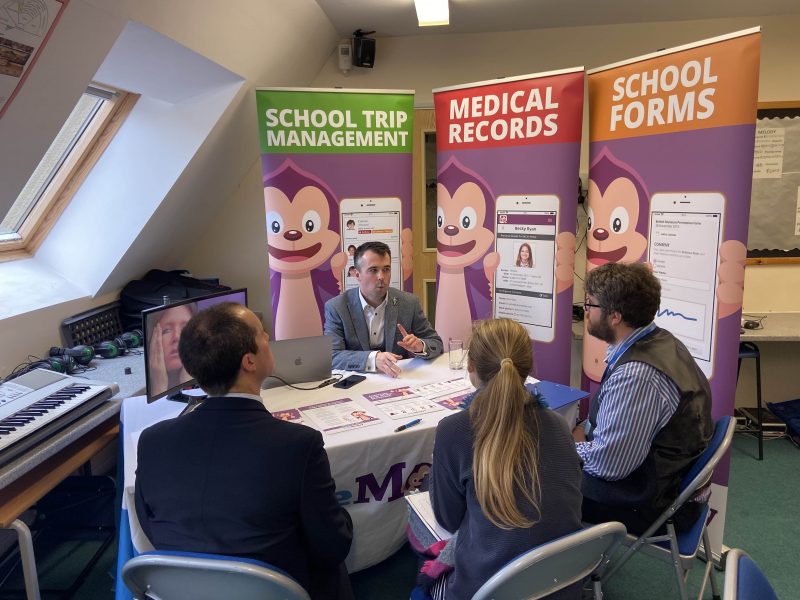

Our team sorts through all blog submissions to place them in the categories they fit the most - meaning it's never been simpler to gain advice and new knowledge for topics most important for you. This is why we have created this straight-forward guide to help you navigate our system.
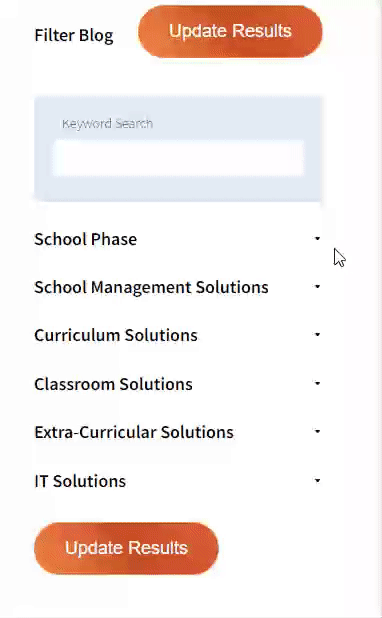

And there you have it! Now your collection of blogs are catered to your chosen topics and are ready for you to explore. Plus, if you frequently return to the same categories you can bookmark your current URL and we will save your choices on return. Happy Reading!
Teaching our children to be creative with technology supports the skills needed for lifelong learning and prepares them for a world that is changing at a rapid pace. The skills we are learning now, are not necessarily those we need in the future.
As we are faced with rapid changes in our world we need to provide the opportunities to teach our children the life skills which are necessary to prepare them for an unknown future. The skills and knowledge children need to succeed in work and life are referred to as ’21st Century Learning skills’. Critical thinking, communication, creativity and critical skills are needed at the centre of learning.
Dylan Wiliam, discusses the purpose of education and how it should prepare children for a world that we can’t yet envisage. We don’t yet know the types of problems they’ll need to solve, and the resources that might be available to them to help them in their work.
However, what we do know is that the use of technology is going to be at the forefront of jobs in the future. Technology has become such an important aspect of our lives – there is surely no going back to traditional methods. Careers in technology continue to grow and the resources that we use to help in work will be technology driven. Our school children will enter a competitive employment market, one that will be dominated by exciting levels of technological innovation and change. One that will require them to focus on creative solutions to everyday issues.
Therefore, how we chose to teach using technology in schools needs careful consideration. We need to be encouraging our children to develop digital skills not just in the classroom, but at home. Many children, all too easily, become consumers of technology, often just playing games and watching videos. What if we could encourage them to be more creative with technology, not just at school but at home, and show them the possibilities out there?
This does not just mean producing, editing and publishing photos or vlogging on social networks. It could involve them building their own websites, games and apps from an early age and developing these skills further outside of school with the things that interest them. To use technology creatively, that supports children to the skills that will allow them to programme and design their own games, build websites and design and build their own apps.
In schools we need to create an mindset in which children take ownership of learning. We need to teach them about the creative tools available and how to use them. Then, let them decide which tool is the best for the job.
A computing curriculum should emphasise the creative use of technology and place technology into a ‘real life’ context. It should exploit the interests and passions of the children and use them to inspire innovation. We should not always isolate computing as a subject, we have to elevate it as an essential cross curricular tool. Effective use of technology ensures that it runs across all subjects and is used in the classroom as a means to reflect the skills required for an exciting future.

The author

Read more
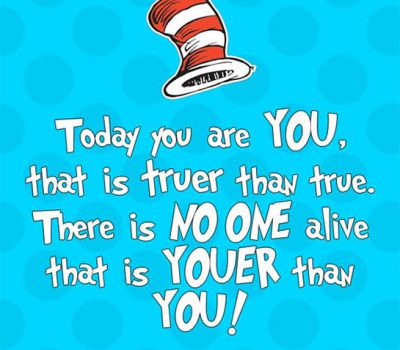
Read more
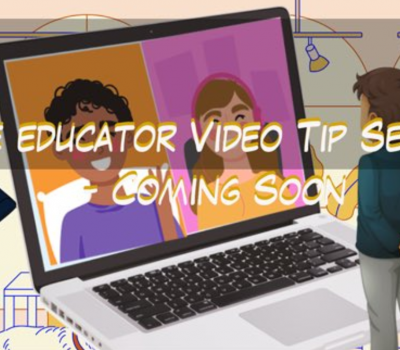
Read more
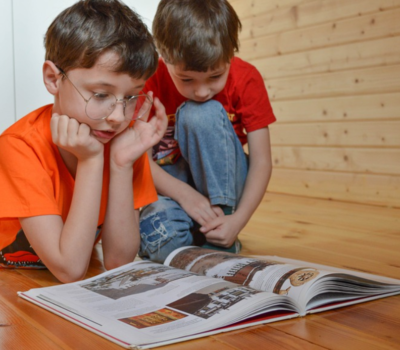
Read more
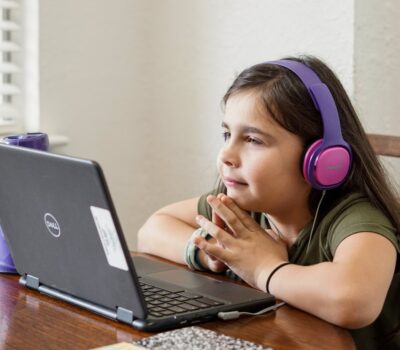
Read more

Read more

Read more
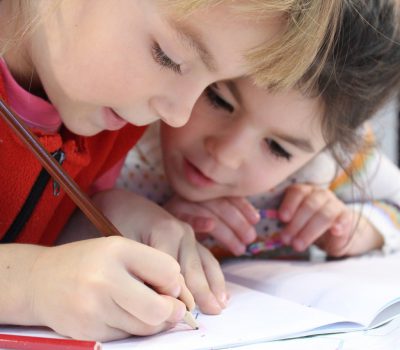
Read more


Are you looking for solutions? Let us help fund them! Nexus Education is a community of over 11,000 schools that come together to share best practise, ideas and CPD via online channels and free to attend events. Nexus also offers funding to all school groups in the UK via nexus-education.com


Established in 2011, One Education is a company at the heart of the education world, supporting over 600 schools and academies. Our unique appeal as a provider is in the breadth and synergy of the services we offer, supporting school leaders, teachers and support staff to achieve the best possible outcomes for their pupils and staff.

School Space is a social enterprise that has empowered schools for over 12 years through their profitable and hassle-free lettings services. So far, they’ve generated over £5 million in revenue for education, helping to connect over 200 schools with their local communities.


Unify is an online sales and marketing tool that allows users to create tailored personalised documents in moments.


There’s nothing special about the energy we sell. In fact, it’s exactly the same energy as all our competitors provide. But there is something special about the way we do it. Where others complicate the process, we simplify it. Where others confuse customers with hidden terms, we’re an open book. And where others do all they can to make as much money from their customers as possible, we do all we can to make as little. Everything we do, we do it differently. Our customers are a privilege. One we’ll never take advantage of.


Securus provide market-leading monitoring solutions to safeguard students on ALL devices both online and offline. We also offer a full monitoring service, where we carry out the monitoring on behalf of the school, freeing up valuable staff resources. From the smallest school to large MAT groups, Securus offers safeguarding protection for all!


Bodet Time offers dedicated solutions to education through lockdown alerts, class change systems, PA and synchronised clock systems. Improving time efficiency of the working and school day; ensuring safety through lockdown alerts; increasing communication with customised broadcast alerts.


Robotical makes Marty the Robot - a walking, dancing coding robot that makes programming fun and engaging for learners as young as 5. Our robots come with a full Learning Platform that has complete teaching resources, to make lesson planning a breeze.
One Reply to “Why creative use of technology is so important in schools”